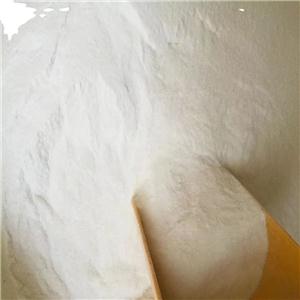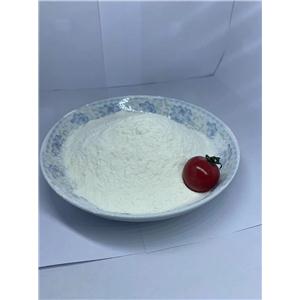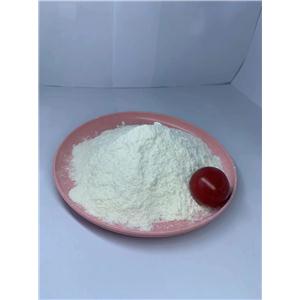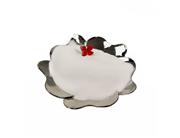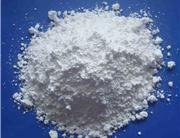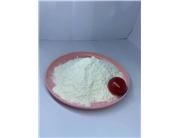| Description | Ibuprofen is an anti-inflammatory inhibitor targeting COX-1 and COX-2 with IC50 of 13 μM and 370 μM, respectively. |
|---|
| Related Catalog | Signaling Pathways >> Immunology/Inflammation >> COX Research Areas >> Infection |
|---|
| Target | COX-1:13 μM (IC50) COX-2:370 μM (IC50) |
|---|
| In Vitro | Ibuprofen inhibits the enzyme cyclooxygenase COX-1 and COX-2, which convert arachidonic acid to prostaglandin H2 (PGH2). Its action is similar to aspirin, indomethacin and all other NSAIDs in intact cells, broken cells, and purified enzyme preparations[1]. Ibuprofen inhibits the constitutive activation of NF-κB and IKKα in the androgen-independent prostate tumor cells PC-3 and DU-145. It sensitizes prostate cells to ionizing radiation and blocks stimulated activation of NF-κB following exposure to TNFα or ionizing radiation in the androgen-sensitive prostate tumor cell line LNCaP. Both of these cannot be attributed directly to inhibition of IκB-α kinase but to inhibition of an upstream regulator of IKKα[2]. Ibuprofen exerts an anticancer effect by reducing survival of cancer cells. Ibuprofen is more efficacious than aspirin and acetaminophen, and comparable with (R)-flurbiprofen and indomethacin in induction of p75NTR protein expression in cell lines from bladder and other organs[3]. |
|---|
| In Vivo | Ibuprofen reacts with the heme group of cyclooxygenase to prevent arachidonic acid conversion. Prior exposure to Ibuprofen in vivo protects cyclooxygenase completely from the irreversible effects of aspirin in platelets[4]. Ibuprofen treatment is effective in attenuating joint inflammation and early articular cartilage degeneration in the adult female Sprague-Dawley rat model induced by high-repetition and high-force (HRHF) task. It dose this by blocking the increases in serum C1 and 2C (a biomarker of collagen I and II degradation) as well as the ratio of collagen degradation to synthesis (C1, 2C/CPII, the latter a biomarker of collage type II synthesis) induced by HRHF[5]. |
|---|
| Solvent | In Vitro: DMSO : ≥ 100 mg/mL (484.78 mM) H2O : < 0.1 mg/mL (insoluble) * "≥" means soluble, but saturation unknown. In Vivo: 1.Add each solvent one by one: 10% DMSO 90% (20% SBE-β-CD in saline) Solubility: ≥ 2.5 mg/mL (12.12 mM); Clear solution 2.Add each solvent one by one: 10% DMSO 90% corn oil Solubility: ≥ 2.5 mg/mL (12.12 mM); Clear solution 3.Add each solvent one by one: 10% DMSO 40% PEG300 5% Tween-80 45% saline Solubility: ≥ 2.5 mg/mL (12.12 mM); Clear solution |
|---|
| Solubility | 1 mM4.8478 mL24.2389 mL48.4778 mL5 mM0.9696 mL4.8478 mL9.6956 mL10 mM0.4848 mL2.4239 mL4.8478 mL |
|---|
| Cell Assay | The number of cells in each well after treatment (48 hours) with NSAIDs is estimated using the 3-(4,5-dimethylthiazol-2-yl)-2,5-diphenyltetrazolium bromide (MTT) assay. MTT labeling reagent (final concentration, 0.5 mg/mL) is added to each of the NSAID-treated T24 cells, ponasterone A alone-treated cells, ΔDDp75NTR-transfected cells plus ponasterone A, and ΔICDp75NTR-transfected cells plus ponasterone A (2×103 cells/well) in 96-well culture plates (final volume, 100 μL culture medium/well) and incubated for 4 hours at 37°C in a humidified atmosphere of 10% CO2. Subsequently, cells are incubated overnight with 100 μL of solubilization solution per well, and the samples are quantified at 570 nm using a microtiter plate reader. |
|---|

 China
China
